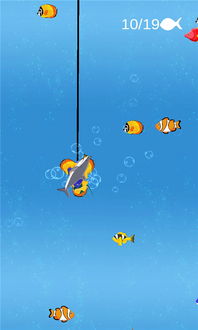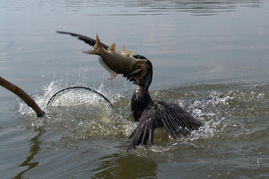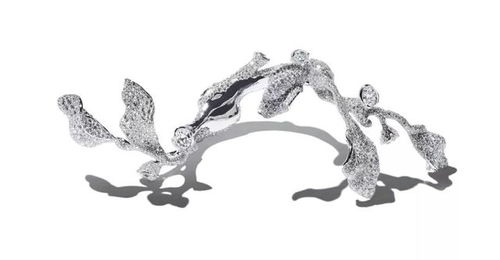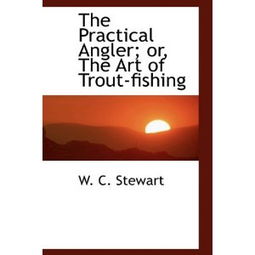Content:
Standing fishing, while offering a unique blend of freedom and connection with nature, requires a certain finesse to effectively catch fish. One of the most critical moments in this activity is the act of reeling in the fish once it has taken the bait. Here, we delve into the standing fishing rod reeling techniques that can help you become a more proficient angler.
Understanding the Basics of Standing Fishing
Before we dive into the specifics of rod reeling, it's important to understand the basics of standing fishing. This method involves casting from a stationary position, typically from the shore or a pier, and requires a different approach to traditional fishing from a boat. The key to success lies in maintaining balance, being patient, and executing precise actions.
Selecting the Right Equipment

The first step in mastering standing fishing rod reeling is to ensure you have the right equipment. Here are some essential items:
- Fishing Rod: A sturdy, lightweight rod designed for the type of fish you're targeting is crucial. Choose a rod that offers the right balance between flexibility and strength.
- Reel: A spinning reel is often preferred for standing fishing due to its ease of use and control.
- Line: Monofilament or fluorocarbon line is commonly used for its strength and visibility underwater.
- Bait or Lures: Depending on your target species, select appropriate baits or lures that mimic the natural prey of the fish.
Setting Up Your Position
Before you start fishing, find a comfortable and stable position. Here are some tips:
- Steady Footing: Place your feet shoulder-width apart for balance. If you're on a pier, lean slightly forward to counteract the sway.
- Rod Position: Hold the rod with a firm grip, but not so tightly that your arm gets tired. Keep the rod tip low and pointed slightly towards the water.
- Bait Presentation: Ensure your bait or lure is properly positioned on the hook. A natural presentation is key to attracting fish.
The Art of Casting
A successful cast is the foundation of effective rod reeling. Here's how to do it:
- Backcast: Start by holding the rod at arm's length and bringing it back over your head. As you do this, allow the line to flow out through the guides.
- Forward Cast: With the rod still elevated, begin to move it forward, releasing the line as you do. The angle of the rod should be about 45 degrees from the water.
- Accuracy: Practice casting until you can consistently hit your target with precision.
The Technique of Rod Reeling
Now that you've cast your line, it's time to focus on reeling in the fish. Here are some essential rod reeling techniques:
- Start Slowly: When you feel a tug, don't rush to reel in. Start by giving a gentle pull to set the hook.
- Controlled Reeling: Use short, quick strokes of the reel handle to bring the fish closer to the boat or shore. Avoid reeling too fast, as this can tire the fish and cause it to break free.
- Adjust Your Technique: If the fish is swimming away, increase the tension on the line. If it's struggling, reduce the tension to avoid snapping the line.
- Maintain Balance: As the fish gets closer, maintain your balance by adjusting your stance and using your legs to brace yourself.
Handling the Fish
Once you've successfully reeled in the fish, it's time to handle it carefully:
- Netting: Use a landing net to scoop the fish out of the water. This is especially important if the fish is large or if you're alone.
- Unhooking: Gently remove the hook from the fish's mouth. If the fish is fighting, use pliers or a hook remover tool to avoid injury.
- Release or Keep: Depending on local regulations and your ethical considerations, decide whether to release the fish or keep it for the day's catch.
Conclusion
Standing fishing rod reeling is an art that takes practice and patience to master. By understanding the basics, selecting the right equipment, and mastering the techniques of casting and reeling, you'll be well on your way to becoming a skilled standing fisherman. Remember to always respect the fish and the environment, and enjoy the peaceful experience that standing fishing has to offer.












